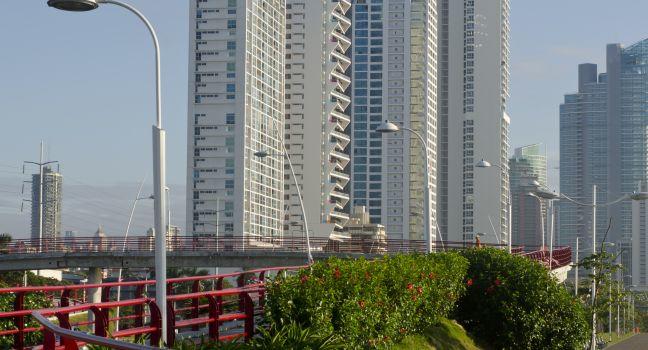Esclusas de Miraflores
The four-story visitor center next to these double locks provides a front-row view of massive ships passing through the lock chambers. It also houses an excellent museum about the canal's history, engineering, daily operations, and environmental demands. Because most of the canal lies at 85 feet above sea level, each ship that passes through has to be raised to that level with three locks as they enter it, and brought back to sea level with three locks on the other end. Miraflores has two levels of locks, which move vessels between Pacific sea level and Miraflores Lake, a man-made stretch of water between Miraflores Locks and the Pedro Miguel Locks. Due to the proximity to Panama City, these locks have long been the preferred place to visit the canal, but the visitor center has made it even more popular.
There are observation decks on the ground and fourth floors of the massive cement building, from which you can watch vessels move through the locks, as a bilingual narrator explains the process and provides information about each ship, including the toll they paid to use the canal. The museum contains an excellent combination of historic relics, photographs, videos, models, and even a simulator of a ship passing through the locks. There is also a gift shop and a snack bar (the second-floor restaurant was closed for renovations as of press time). While the canal is busier at night, the largest ships pass during the day. You can call at 9 am the day before your visit to ask what time the largest ships are due through the locks.




